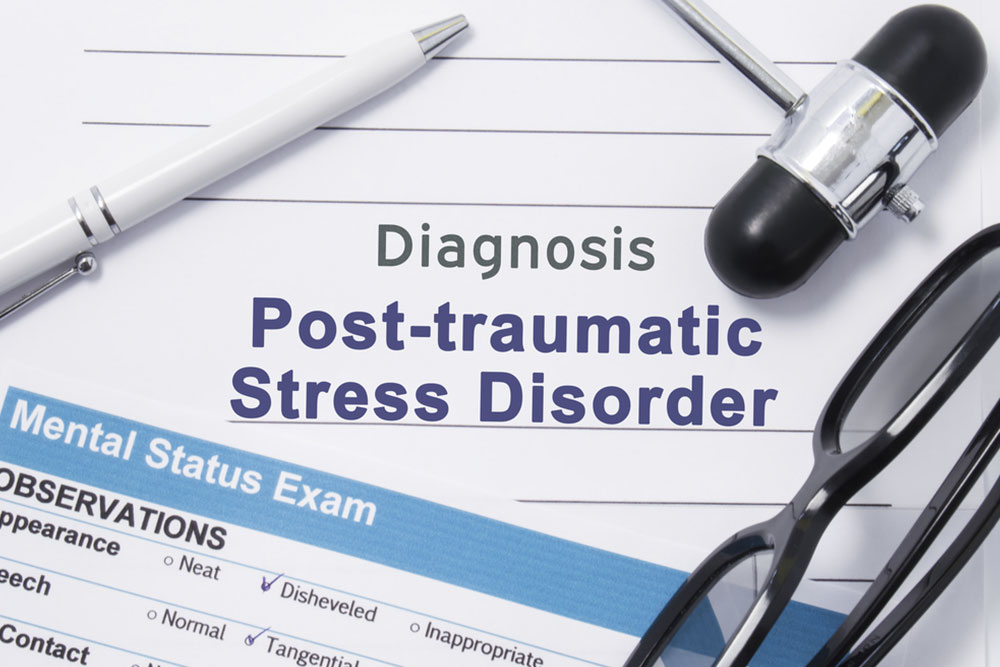Effective Strategies for Managing PTSD Symptoms
This article explores effective methods for managing PTSD, emphasizing therapy options like CBT, narrative therapy, EMDR, and psychoeducation. It highlights the importance of personalized treatment plans and self-care strategies to facilitate recovery from trauma. Perfect for individuals seeking understanding and treatment options for PTSD symptoms, the article aims to inform and encourage appropriate professional help.

Post-Traumatic Stress Disorder (PTSD) is an anxiety condition that occurs after experiencing or witnessing traumatic events. Symptoms can include insomnia, flashbacks, diminished self-esteem, intrusive memories, avoidance behaviors, hypervigilance, emotional numbness, and more. With proper treatment, individuals can regain emotional stability, learn coping skills, and address associated issues. Treatment options include various therapies aimed at reducing symptoms, building resilience, and helping individuals process their trauma effectively.
Key PTSD Treatment Approaches
Psychotherapy remains the primary treatment for both children and adults, focusing on symptom improvement, coping strategies, and restoring confidence.
1. Cognitive Behavioral Therapy (CBT)
This therapy helps change negative thought patterns and behaviors. Trauma-focused CBT involves 8-12 weekly sessions, where individuals narrate their traumatic experience to process emotions. It teaches control over reactions, confronts avoidance behaviors, and challenges unhelpful beliefs, like self-blame or victimization.
Cognitive Processing Therapy (CPT): Over 12 weeks, clients modify harmful thoughts and gain different perspectives by discussing their trauma in detail, often through writing exercises.
Prolonged Exposure (PE) Therapy: Often 8-15 sessions, it gradually exposes clients to trauma memories and avoided situations, helping reduce fear and avoidance.
Stress Inoculation Training (SIT): Focuses on stress management techniques like breathing exercises, with regular weekly sessions over three months to help cope more effectively.
2. Narrative Exposure Therapy (NET)
NET helps individuals build a coherent story of their trauma, which is especially useful for complex or multiple traumatic experiences. Talking through events chronologically helps change negative reactions and understand the trauma's impact on identity. It can be offered individually or in groups.
3. Eye Movement Desensitization and Reprocessing (EMDR)
This technique bypasses verbal dialogue, using bilateral stimulation like eye movements or sounds to diminish emotional distress related to traumatic memories. Typically, sessions last 6-12 weeks, with 1-2 sessions weekly.
4. Brief Eclectic Psychotherapy (BEP)
BEP combines elements of CBT and psychodynamic therapy, aimed at reducing guilt and shame linked to trauma. Usually comprising 16 sessions, it involves psychoeducation, imaginal exposure, restructuring, and a final relapse prevention phase.
Recovery from trauma can be gradual and nonlinear. Alongside therapy, maintaining self-care practices such as healthy eating, exercise, rest, and staying connected with supportive people is vital.










